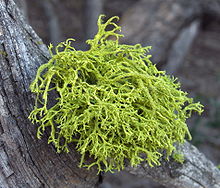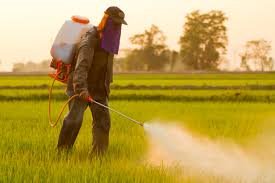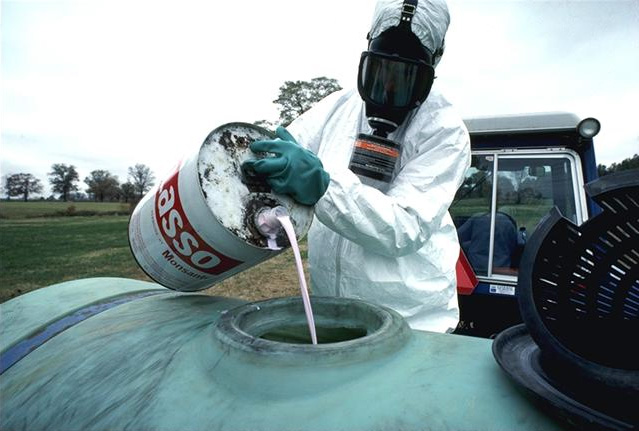Indicator species
Some species only live in a non-polluted environment. Others survive in mildly polluted or a very polluted environment. The existence of these species indicates whether the environment is polluted or not. This is why these kind of species are  called indicator species. An example of indicator species is lichens. These indicate air pollution in an environment. If a bushy lichen is present in an environment, this means that the environment is not polluted as it only survives in a non polluted environment. Leafy or hairy lichen indicates a mildly polluted environment. The crusty lichens in an environment indicate that it is heavily polluted.
called indicator species. An example of indicator species is lichens. These indicate air pollution in an environment. If a bushy lichen is present in an environment, this means that the environment is not polluted as it only survives in a non polluted environment. Leafy or hairy lichen indicates a mildly polluted environment. The crusty lichens in an environment indicate that it is heavily polluted.
In water many species are used as indicator species for water pollution. The Midge larva is a good example as it survives in heavily polluted waters while the freshwater shrimp are found in mildly polluted water. The larva of a stone fly only survives in freshwater.
Insecticides
Insecticides are chemicals which are sprayed on to plants to provide them with protection against insects which destroy the crops. It is mainly sprayed on crops. This helps in higher yield of crops and kill the insects.
helps in higher yield of crops and kill the insects.
Herbicides are chemicals sprayed on crops so that they can kill the weeds in the environment. This helps reduce manual work of cutting down the weeds.
An ideal insecticide should have:
- Should not be persistent in environment.
- Should not bio-accumulate and be bio-magnified.
- It should be biodegradable (not broken down).
- It should kill the insect population effectively but not the important species of insects.
- It should be safe for transport and towards human health.
Many insecticides and herbicides lack some of these qualities which is why it makes it hard for us to control environmental problems. These problems have been shown in some cases such as the DDT. It was invented in 1874 and was helpful in the second half of World War II. It showed great success at first but soon was banned.
Problems of insecticides and herbicides
Persistence in Environment
Some insecticides are non-biodegradable like DDT. Meaning they remain in the environment. When DDT was used many were unaware of this. The DDT then remained in the environment. Today many people still use DDT without the awareness of this problem. Experiments tell us that where DDT is used, half of it remains there while the rest travels along the wind passing through.
Bio-accumulation and Bio-magnification
Some insecticides remain on the plants and accumulates in them. When the affected plants are eaten by the herbivores instead of decreasing, it further accumulates in them. The insecticides increase further along the food chain i.e; bio-magnification.
Weed and Insecticide resistance and killing of non target Insects
When insecticides and herbicides are sprayed they help kill the insects and weeds. But in the case of insecticides, the plants may cross pollinate with other plants giving them the genes to kill various insects. The new plant would kill every insect that comes into its contact. Many important and beautiful insect species are killed because of this like the butterfly or a honeybee. Further the insects that are necessary to kill may also develop resistance against the insecticides which is another problem.
The herbicides kill the weeds but when the plants cross pollinate with the weeds, they form new “super weeds” which have the genes to resist the effect of herbicides.
With this I end my article
